Why can’t I tune pa correctly?
-
@Alucardi said in Why can’t I tune pa correctly?:
So your saying it’s impossible to get rid of that gap of filament cause I have low jerk?
Not necessarily (but probably). You may be able to improve it - I really don't know enough about your machine to have an informed opinion. What I am saying is that no amount of changes to pressure advance setting will make the problem magically disappear.
-
@deckingman but the problem is not there when not using PA. Either i get bulging corners or gaps.
-
@Alucardi said in Why can’t I tune pa correctly?:
@deckingman but the problem is not there when not using PA.............
So don't use it.
-
@deckingman there is a reason I use pa. It’s cause I have bulging edges if I don’t. You have another suggestion on how to get rid of them?
-
Can you share some more of your configuration settings? Including your slicer print settings?
-
@Alucardi I've given you some suggestions already but for various reasons you say you can't implement them. The point about pressure advance or Marlin's linear advance is that they alow a good printer to print faster by compensating for the increased pressure which can happen as a result of the increased speed. But your printer has problems at low speed and with a largish nozzle. So you are trying to use pressure advance to improve print quality by compensating for pressure which doesn't exist. Which is not how it works and why I said do not use it.
It's a bit trying to start an engine which has run out of fuel by charging the battery - and then blaming the battery charger when it doesn't work. -
@deckingman but i do have bulging edges even if perimeters are printed at low speed, 25mm/s. Suggestion I got was increase jerk and that really can’t help me now since I get more ringing if I raise it. The ringing have bin present since I bought this half finished project and I have reduced it by a lot but that last part I don’t know how to get rid of. Filament also plays a big part. They grey cube shows how it was at first with same settings through all testing.
I won’t argue with you but even at the low speeds I get bulging edges on the x and y letters and by edges are not sharp, they don’t go away just cause someone say I can’t have bulging edges. That’s the reality no matter what you are saying and pa helped remove that.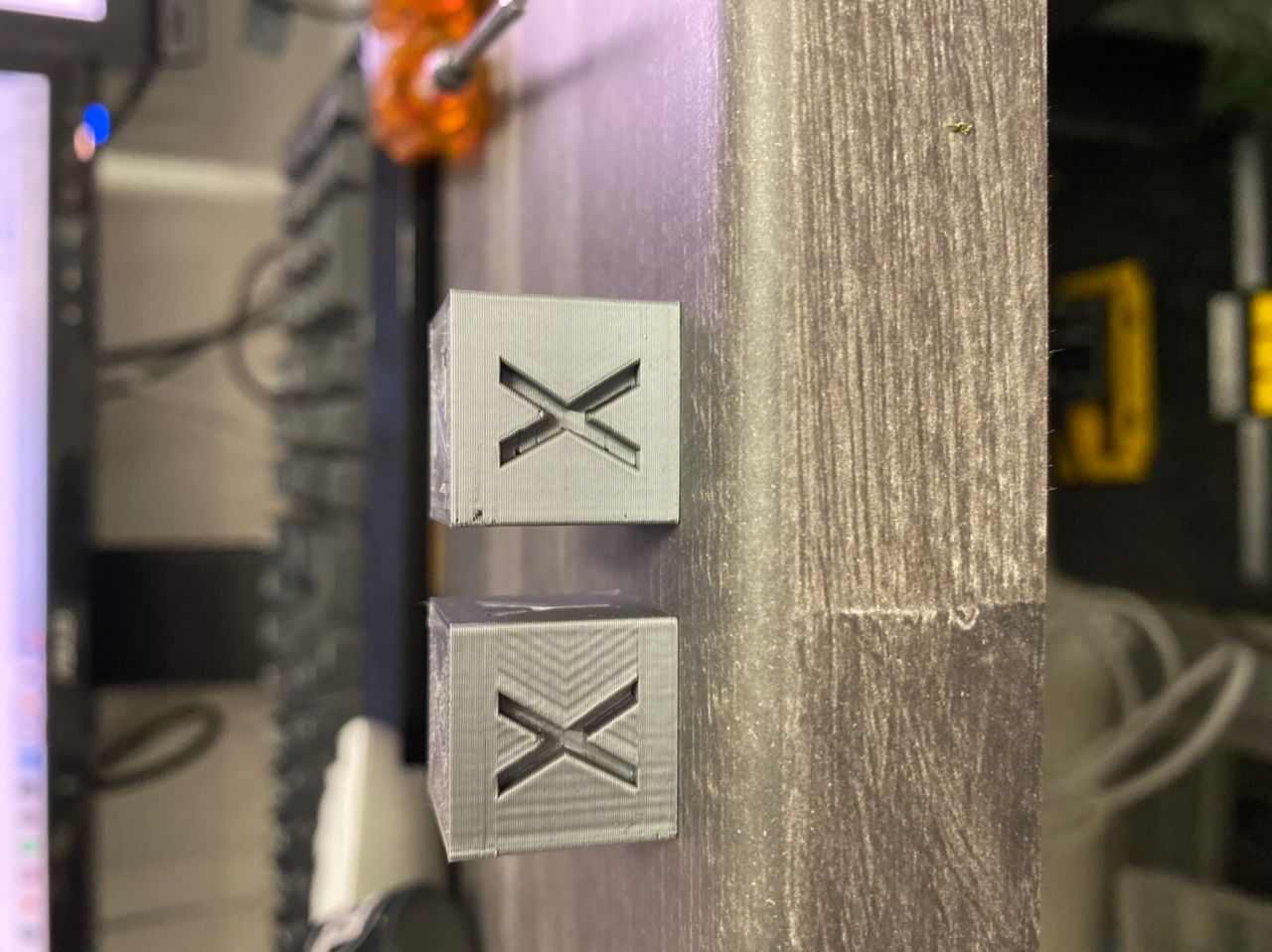
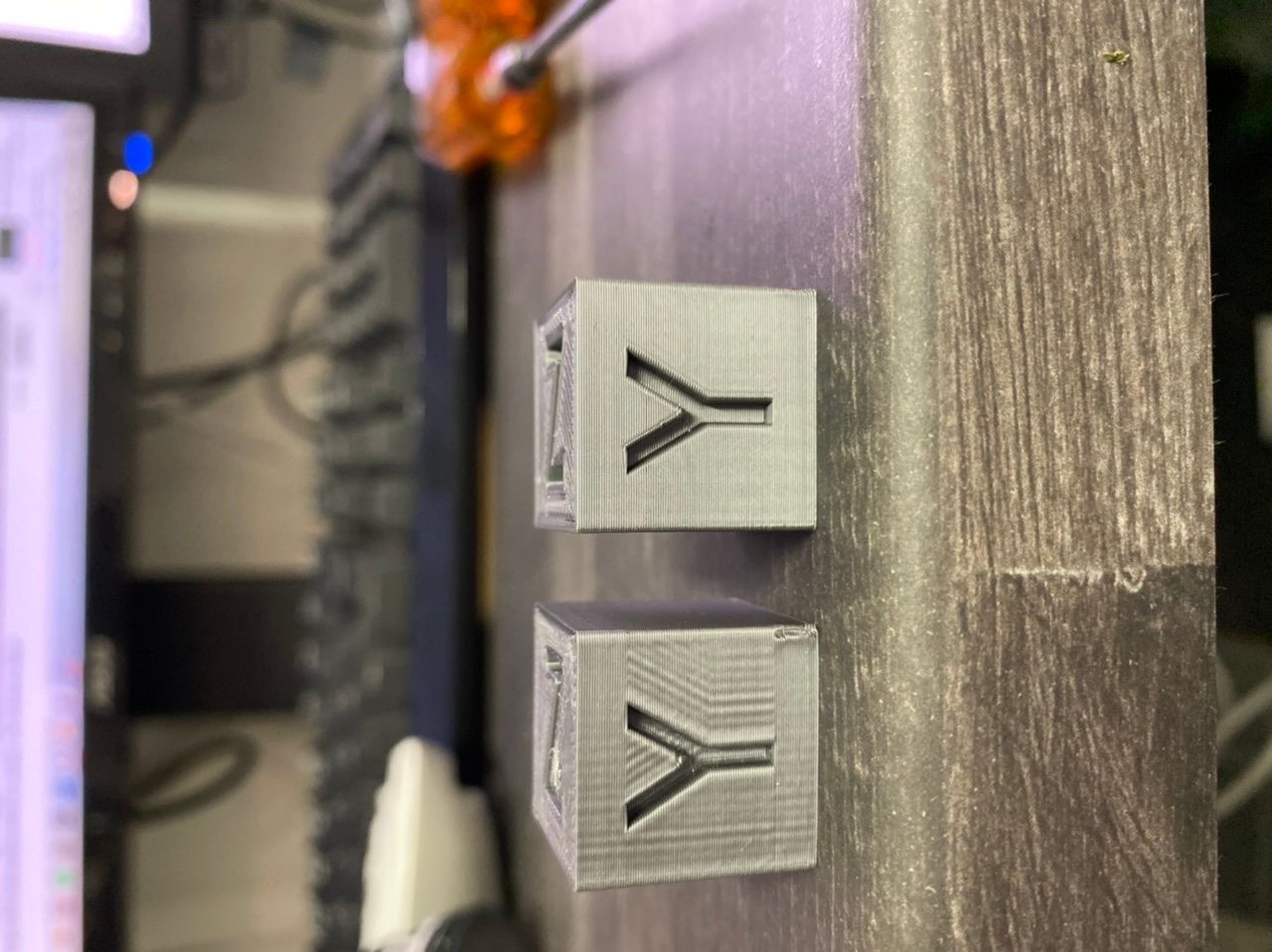
-
@Alucardi It's because the filament oozes out of it's own volition or due to gravity. So when you slow the print head down the filament continues to ooze and you get over extrusion. Which is why a higher jerk speed might help because the print head won't slow down so much. But you say you can't do that.
So here is another suggestio that you could try. Use a 0.4mm nozzle instead of the 0.5 mm nozzle. A 0.5mm nozzle has a 50% bigger area than a 0.4mm nozzle and "ooze" gets worse as nozzle size increases. -
@deckingman i use a .5 nozzle out of convenient. I use that when I print tpu which I do a lot and was planing to do on this printer to. But I will definitely try it with a .4 nozzle and report back.
I read a lot that you can avoid using pa by tuning jerk and acceleration but I have ringing issues which I can’t track down. So pa is my option. I only plan on having dd on this printer for a while, extruder is going to another project I need to build. So hopefully going Bowden will clear my issue since my extruder setup is heavy (prusa mk3s bondtech extruder). -
@Alucardi If you are unable or unwilling to try anything other than PA, then I have no more suggestions. Filament will ooze out of a nozzle when it's heated, due to gravity and thermal expansion. At low speed and with a large nozzle, the pressure on the filament going in to the hot end will likely be immeasurably small. So what you are tying to do with PA is control that oozing (due to gravity and thermal expansion) by applying a negative pressure to the incoming filament. But PA isn't designed to do that - it's designed to compensate for pressure (which you don't have). As well as decreasing the extruder speed at the end of a move, PA will increase extruder speed at the start of a move to compensate for the lag between the carriage accelerating and the filament flow which accelerates at a slower rate. Which is why it won't compensate well for "natural" oozing due to gravity and thermal expansion. You may see some slight improvement but it's the wrong tool for the job. You need to get the printer working well at low speed without PA and only then introduce PA to help with the pressure that will encounter when you start printing at higher speeds.
-
@deckingman i just said I will try a smaller nozzle. I can’t work with jerk since I can’t go higher then 400, that’s all.
I am used to la which seem to work better in my case. Since the same extruder but running marlin fixes this issue. But like I said I will start with a smaller nozzle -
@Alucardi I would be curious to know the technical differences between the implementations of PA and LA. It's starting to sound like they give substantially different results, but it has been half a decade since I used anything other than RRF.
-
This post is deleted! -
@deckingman doing the change to a .4 nozzle I noticed the throat a bit lose on the hotend. So during disassembly I found that the extruder body was only mounted with 3 out of 4 bolt. The one missing being one of the clamping bolts for the hotend. I have honestly torn the entire printer apart since I got it but never thought about the extruder 🤬 New problem there is my z offset lol
So after fixing that I seem to be able to get better results. Previous model was printed with 400 jerk, 1000 acceleration and 25mm/s outer perimeter. New cube is 600 jerk, 1200 acceleration and 30mm/s outer layer and the seam is not there anymore.
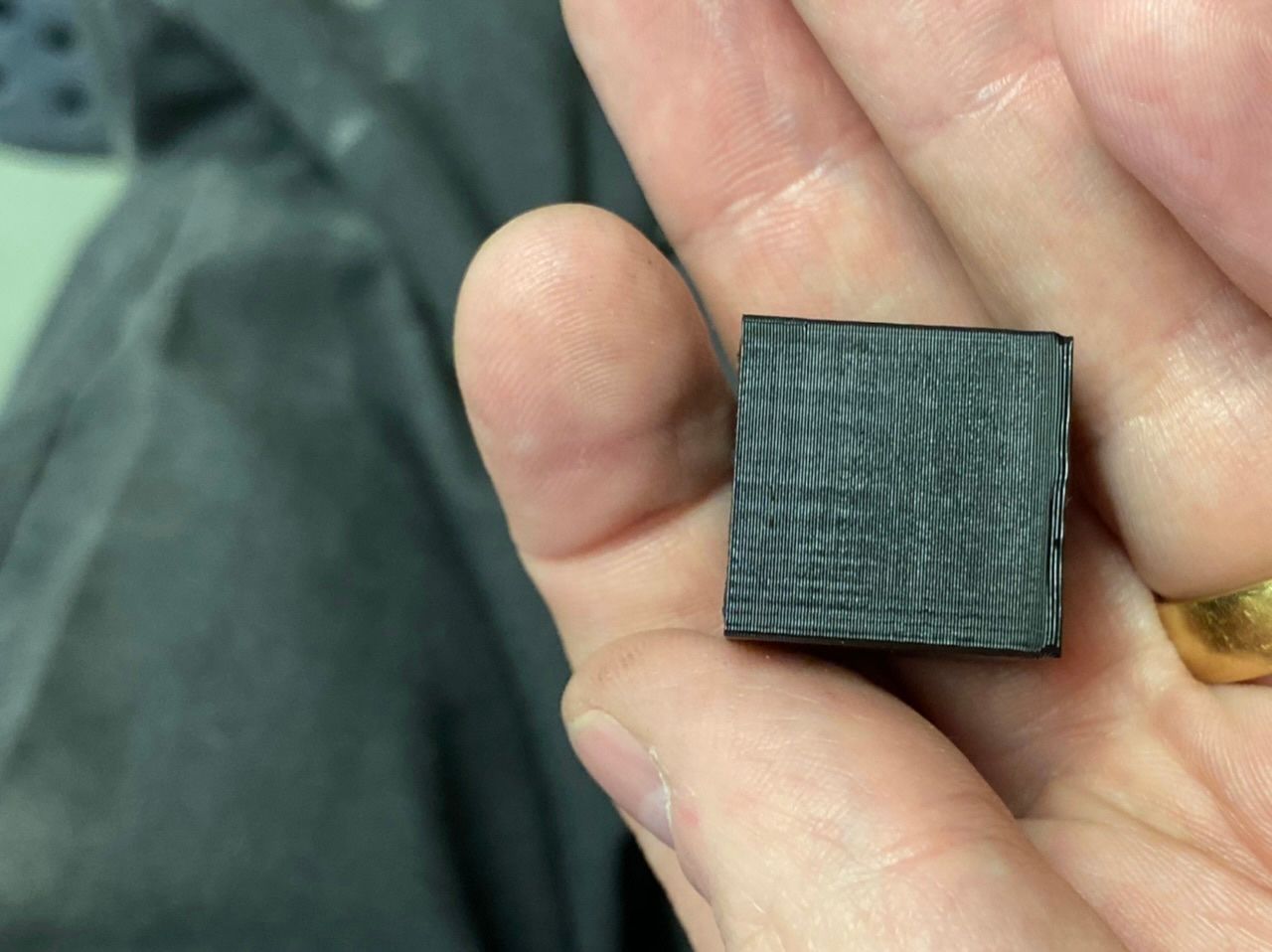
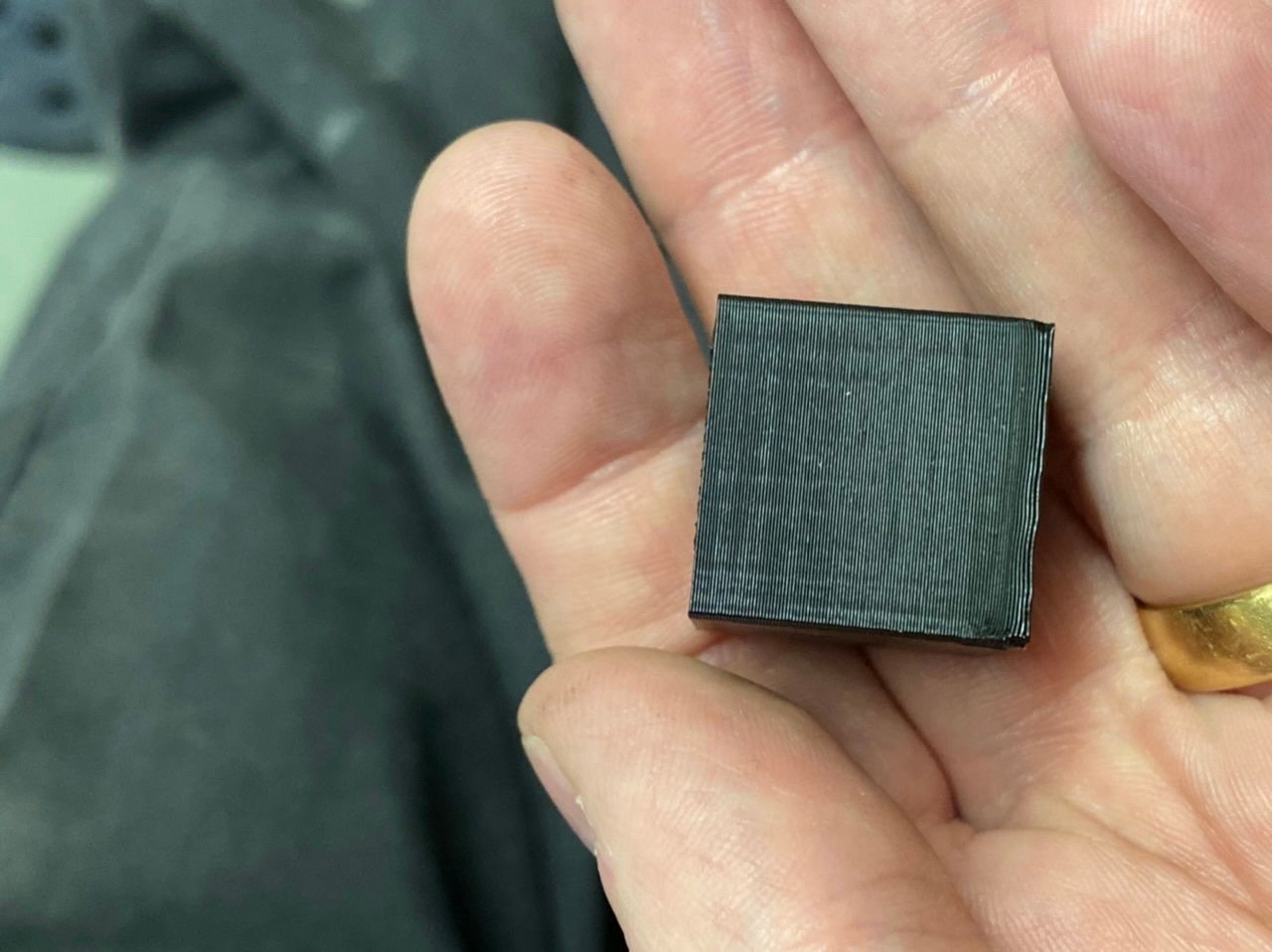
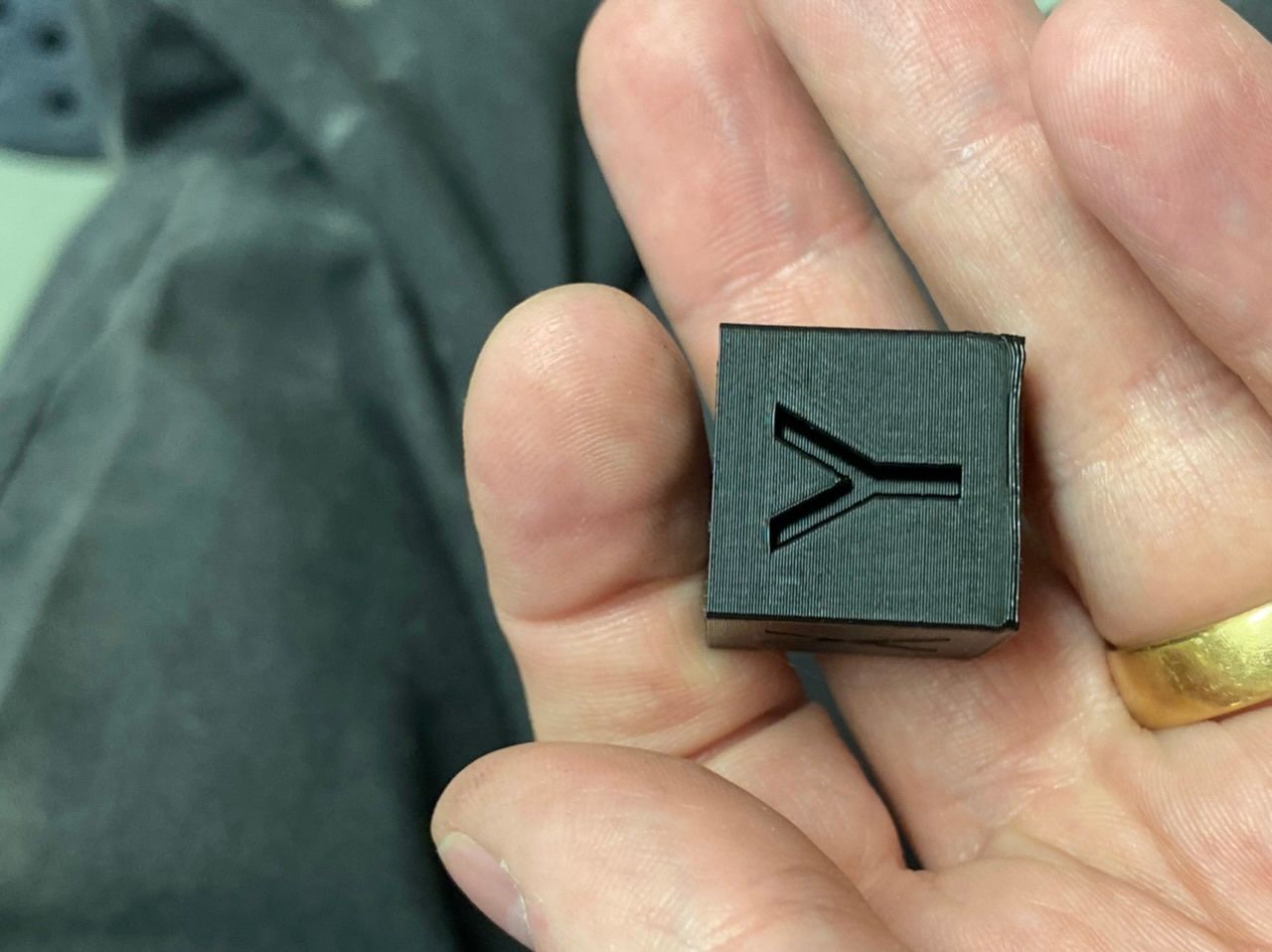
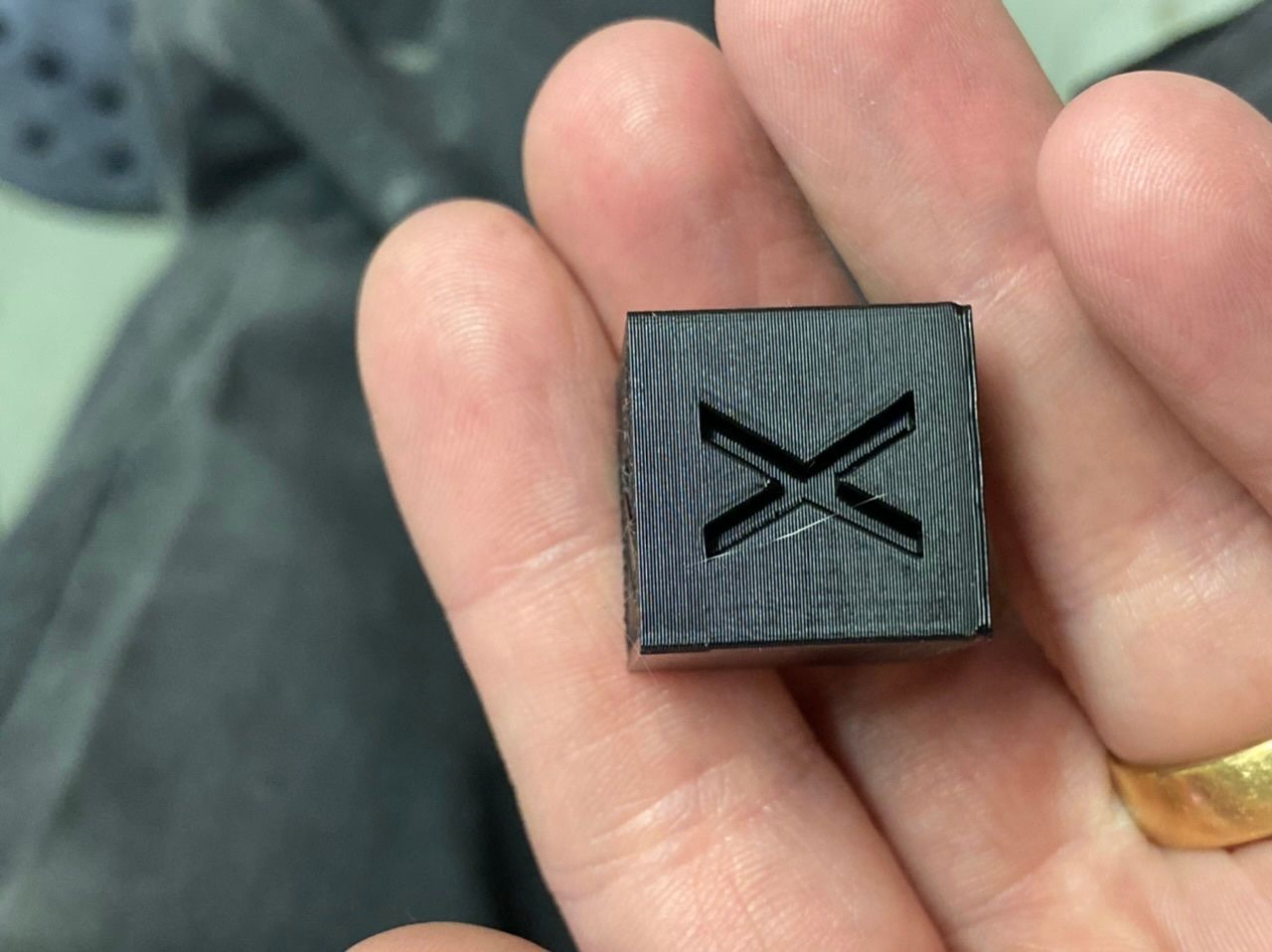
-
When things don't make sense, look deeper, eventually they will.
-
Was that an E3D V6 by any chance?
-
@mrehorstdmd yes it is.
-
@Alucardi Good. Now you can try printing faster. Then you'll be able to use pressure advance to compensate for pressure, rather than trying to use it to compensate for a wobbly hot end

-
@deckingman said in Why can’t I tune pa correctly?:
you'll be able to use pressure advance to compensate for pressure, rather than trying to use it to compensate for a wobbly hot end

May be worth adding this piece of wisdom to https://duet3d.dozuki.com/Wiki/Pressure_advance . E.g. "before you start using pressure advance, make sure you get good prints at low speed.", or something like that.
-
@zapta Good suggestion.